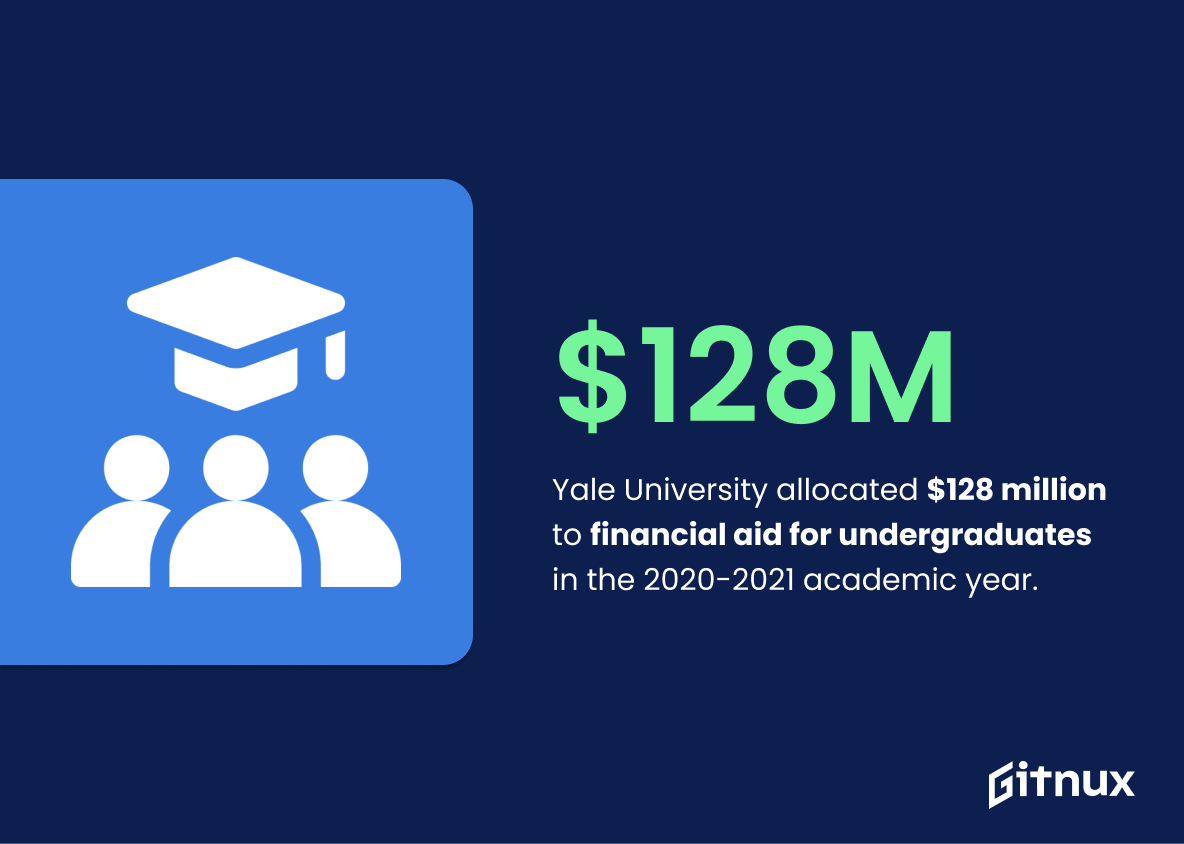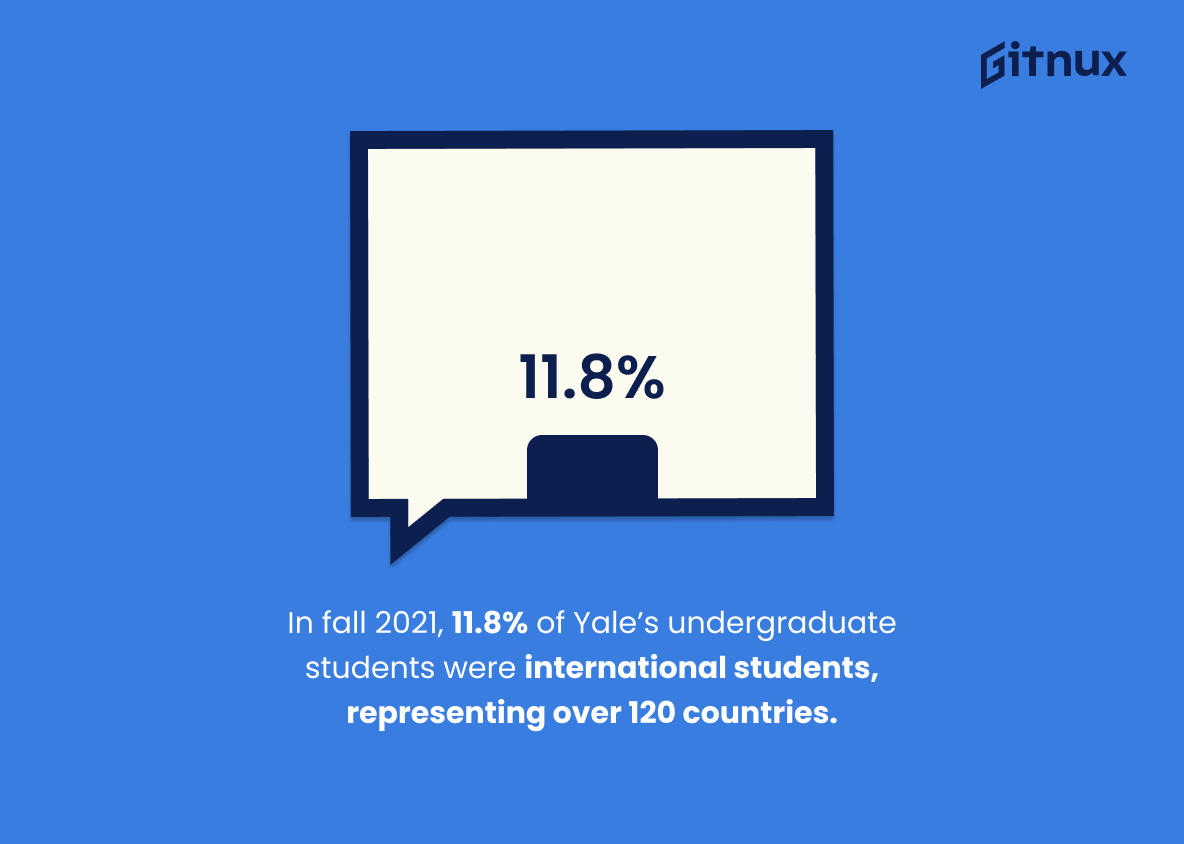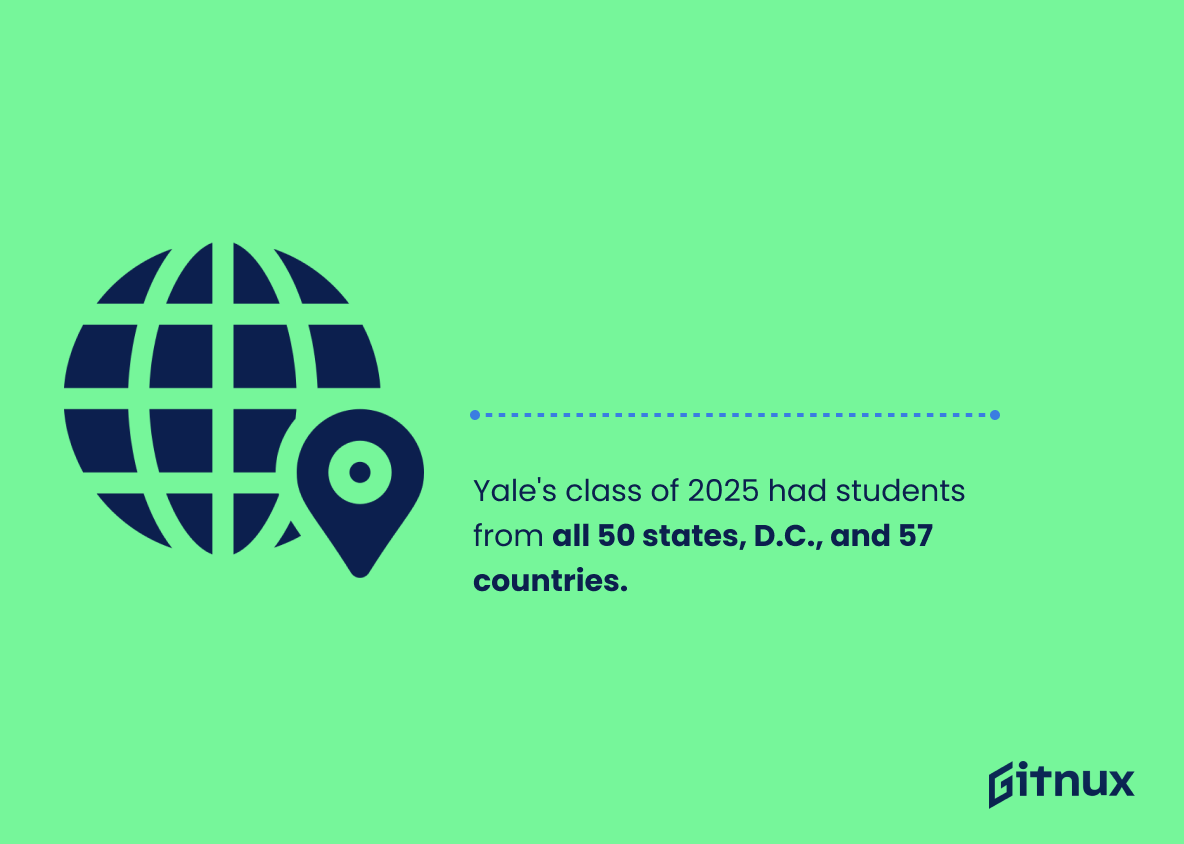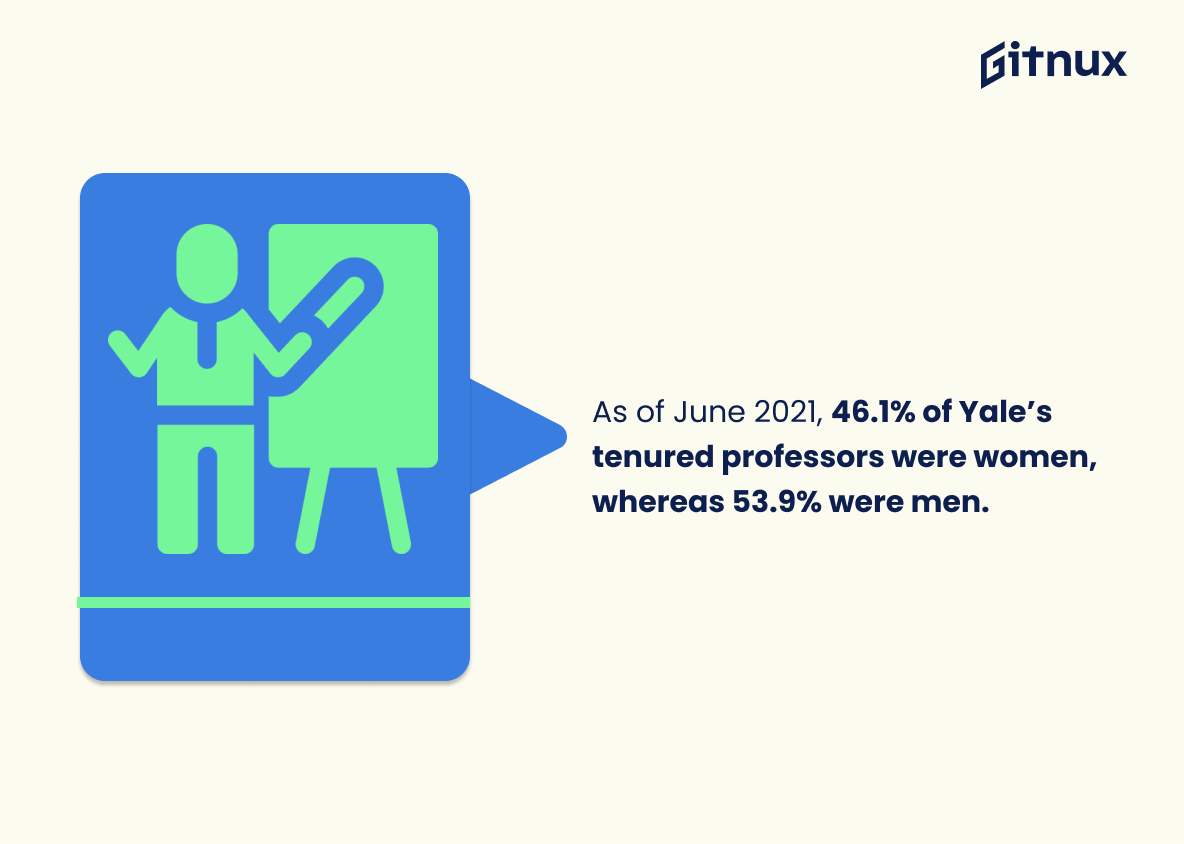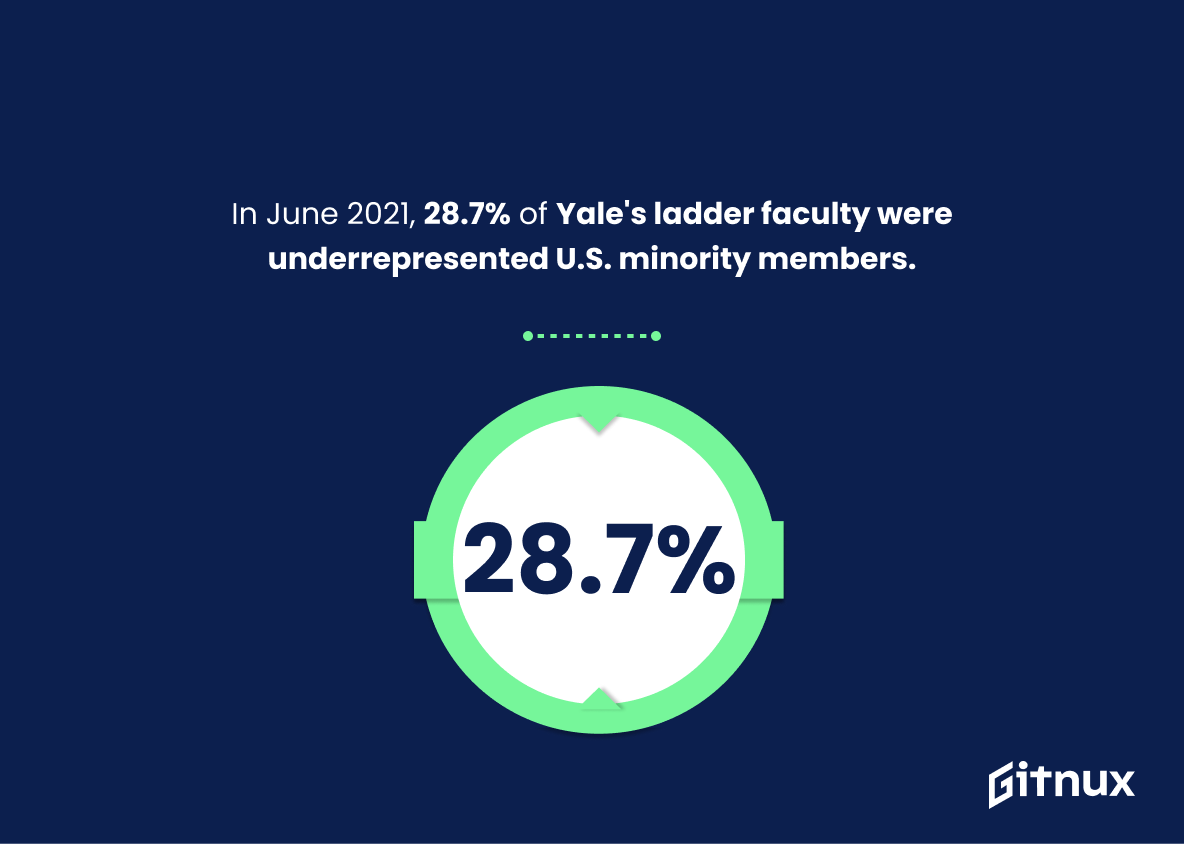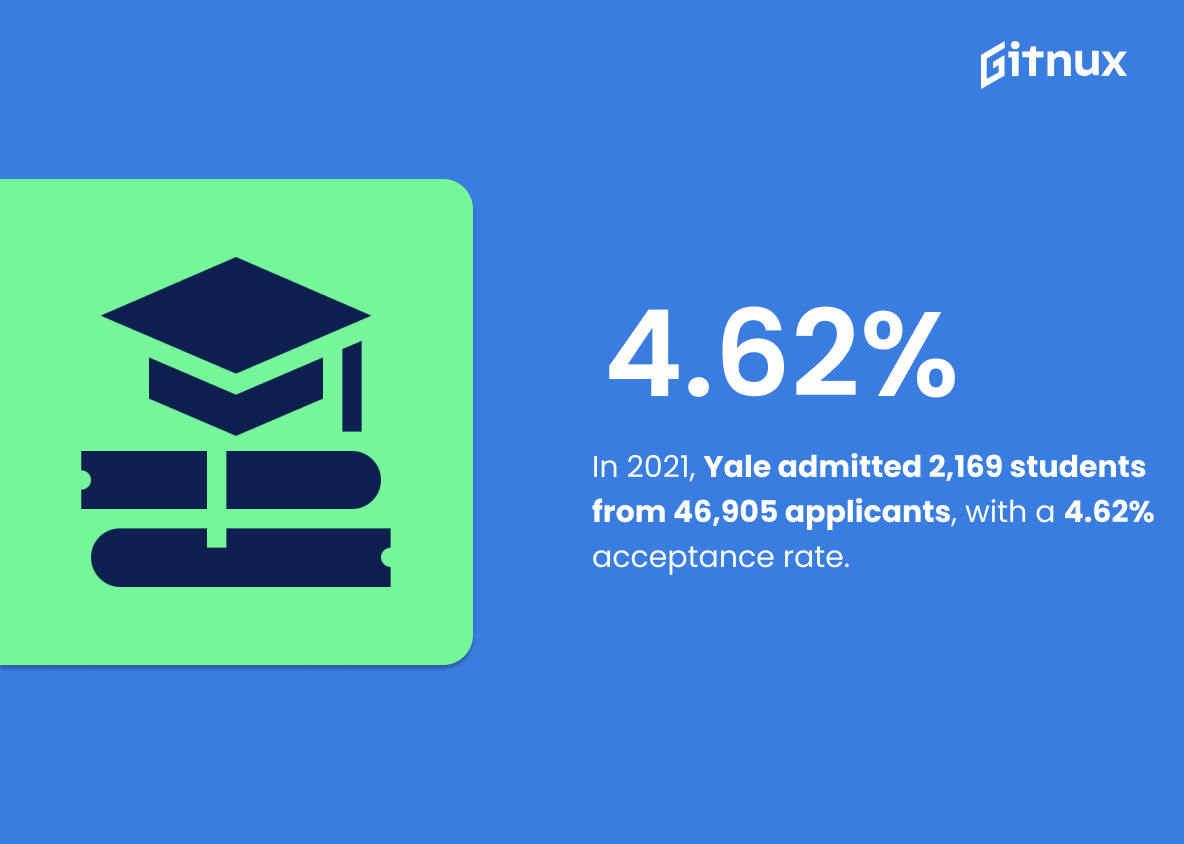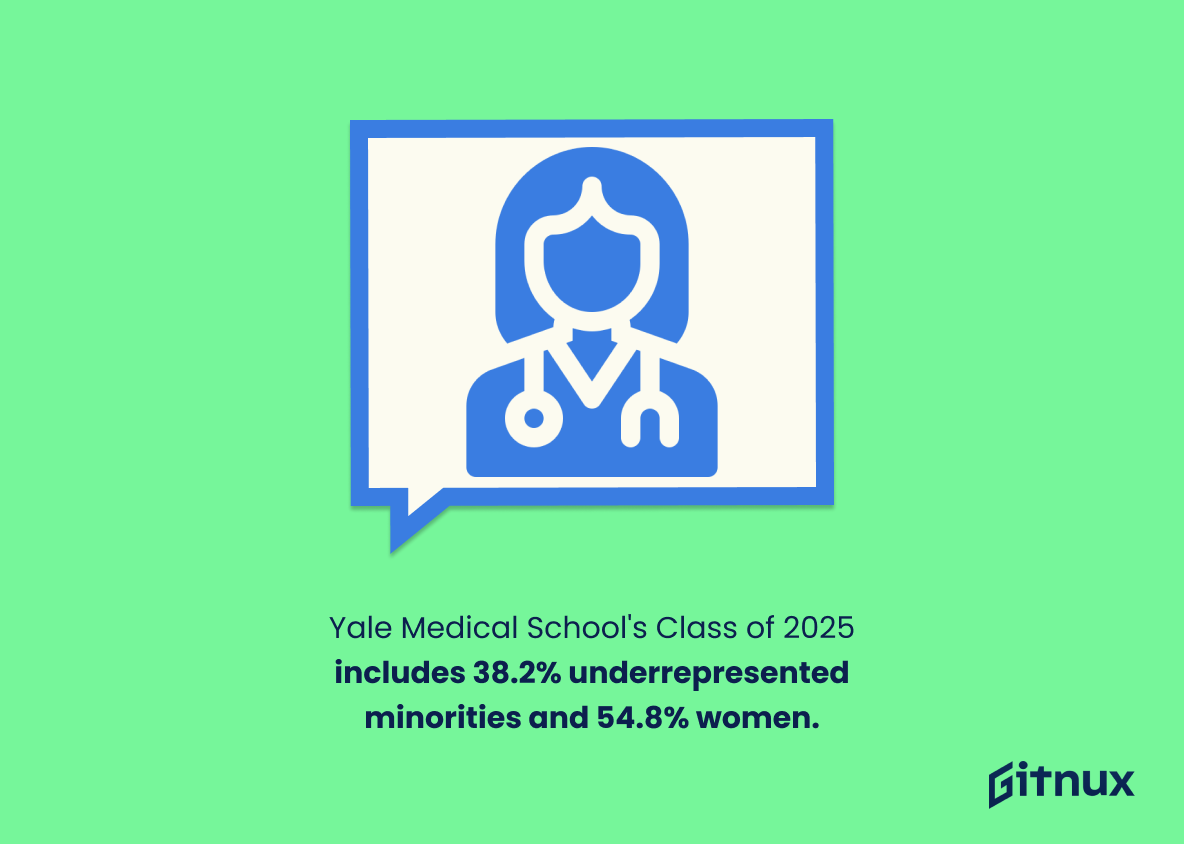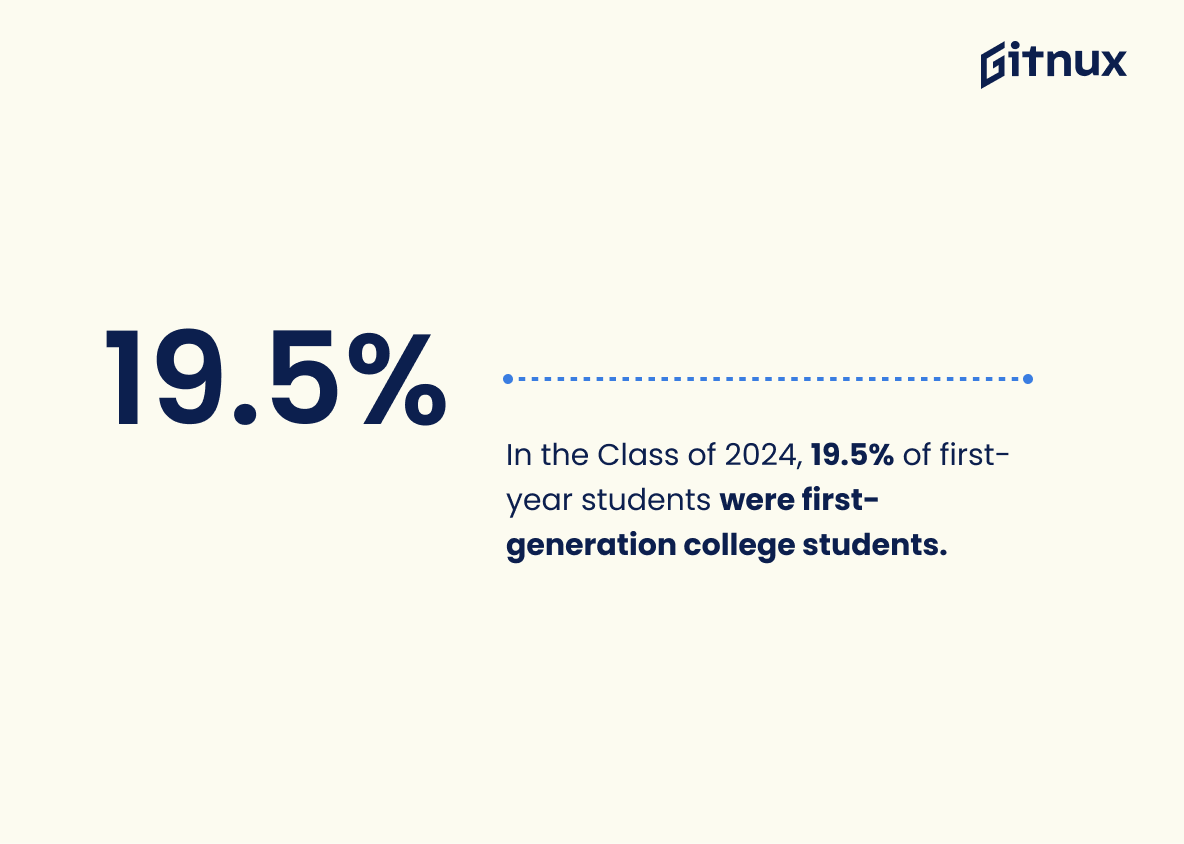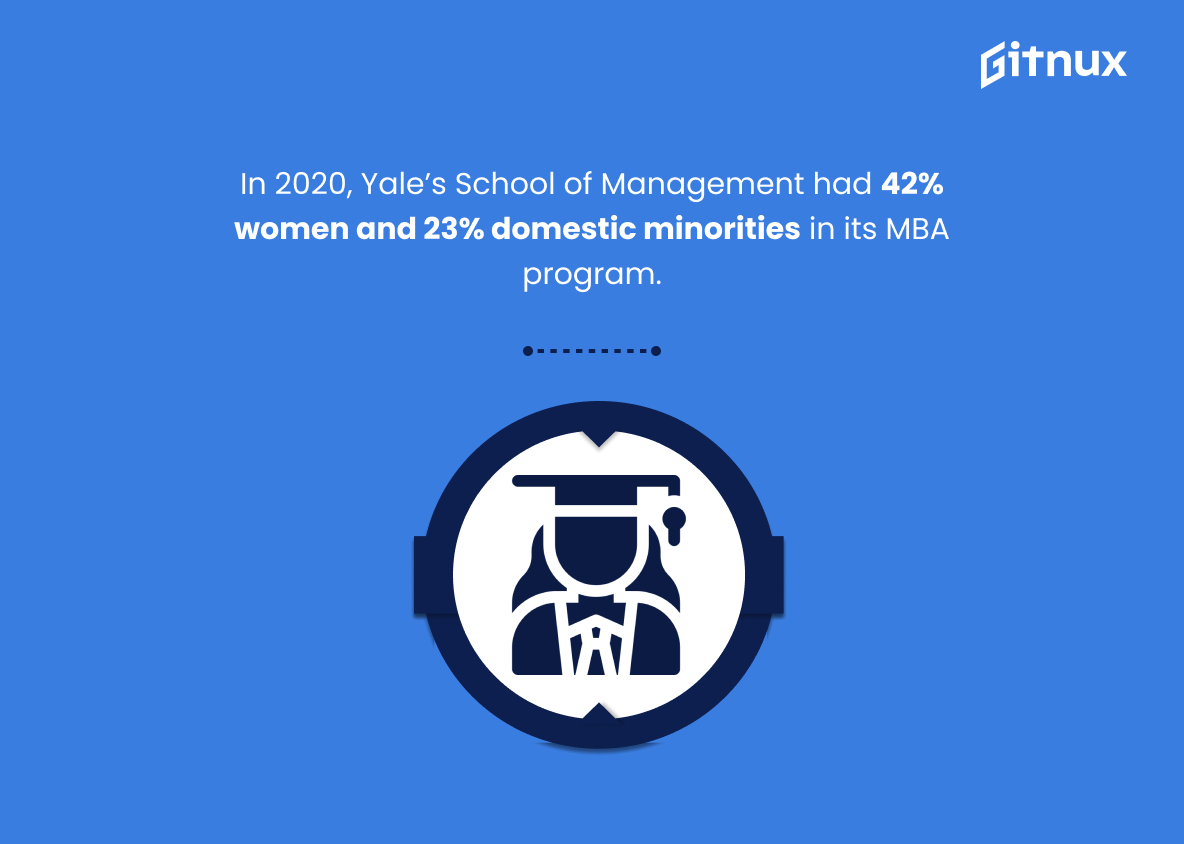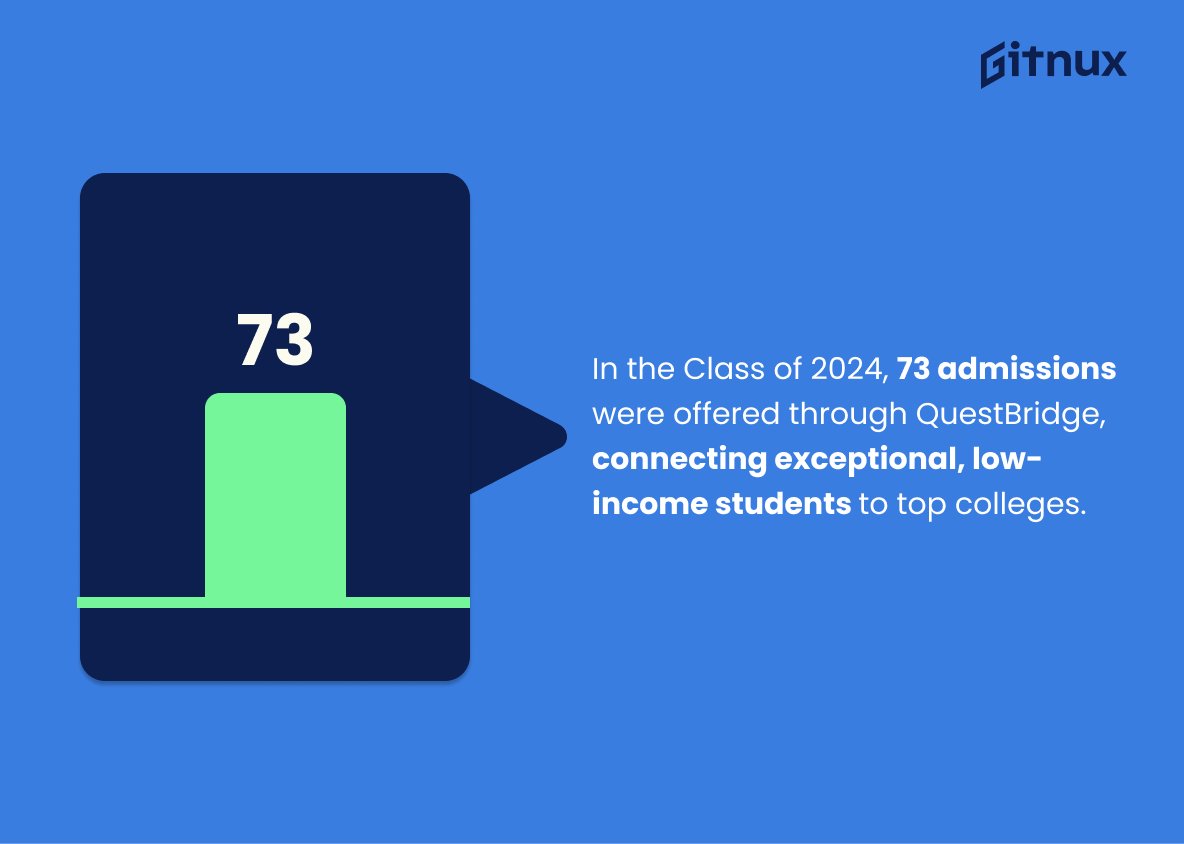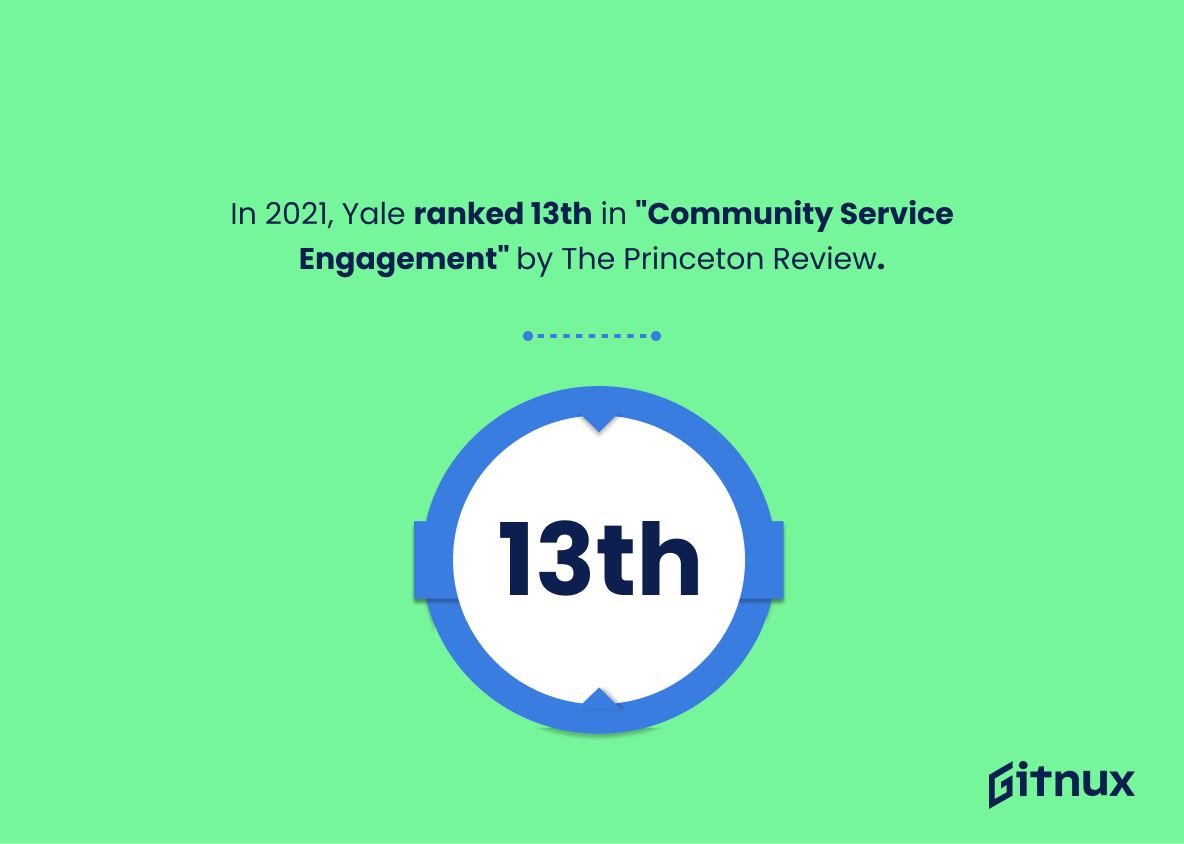Yale University is a diverse and inclusive institution that strives to create an equitable learning environment for all its students. As of fall 2021, Yale’s undergraduate population was 35.9% white, 21.3% Asian, 14% Hispanic, 11.6% Black and 11.8 % international students representing over 120 countries from around the world; 51.4 % female and 48 .6 % male; with 46 .1 % tenured professors being women and 28 .7 % ladder faculty members belonging to underrepresented U..S minority groups; 4 .62 acceptance rate out of a pool of 46 ,905 applicants in 2021 ; 38 ..2 percent underrepresented minorities & 54 ..8 percent women in the Class of 2025 at Yale School Of Medicine ; 19 ..5 first-generation college student among the class 2024 ; 88 cultural , diversity or identity focused student organizations as well as $128 million allocated towards financial aid for undergraduates during 2020 -2021 academic year are some statistics which reflect on Yales commitment towards creating an equitable learning environment for everyone who wishes to be part of this prestigious university community
Yale Diversity Statistics Overview
Yale University allocated $128 million to financial aid for undergraduates in the 2020-2021 academic year.
The fact that Yale University has allocated $128 million to financial aid for undergraduates in the 2020-2021 academic year is a testament to their commitment to providing access to higher education for all students, regardless of their financial background. This investment in financial aid is a crucial step in creating a more diverse and inclusive campus, as it allows students from all backgrounds to attend Yale and benefit from its resources. This statistic is a powerful reminder of the importance of providing equitable access to higher education and the positive impact it can have on creating a more diverse and inclusive campus.
In fall 2021, 11.8% of Yale’s undergraduate students were international students, representing over 120 countries.
This statistic speaks volumes about the diversity of Yale’s undergraduate student body. It highlights the university’s commitment to creating a global learning environment, where students from all over the world can come together to learn and grow. It also demonstrates the university’s dedication to providing an inclusive and welcoming atmosphere for all students, regardless of their nationality or background.
In fall 2021, the incoming first-year class (the class of 2025) at Yale included students from all 50 U.S. states, Washington, D.C., and 57 foreign countries.
This statistic speaks volumes about the diversity of Yale’s incoming first-year class. It demonstrates that Yale is committed to providing an inclusive and welcoming environment for students from all backgrounds, regardless of their home state or country. This is a testament to Yale’s dedication to fostering a diverse and vibrant student body, and it is a powerful reminder of the importance of diversity in higher education.
As of June 2021, 46.1% of Yale’s tenured professors were women, whereas 53.9% were men.
This statistic is a telling indication of the gender disparity that exists among Yale’s tenured professors. It highlights the fact that, despite the university’s efforts to promote diversity and inclusion, there is still a significant gap between the number of male and female professors. This disparity is especially concerning given the fact that women are underrepresented in higher education in general. By understanding this statistic, we can better understand the challenges that women face in academia and work towards creating a more equitable environment for all.
In June 2021, 28.7% of all ladder faculty (tenured, tenure-track, or other positions) at Yale were members of underrepresented U.S. minority groups.
This statistic is a powerful indicator of the progress Yale has made in promoting diversity and inclusion on its faculty. It shows that the university is actively working to create a more equitable and representative environment for its students and faculty. By having a higher percentage of underrepresented U.S. minority groups on its faculty, Yale is demonstrating its commitment to creating a more diverse and inclusive campus. This statistic is a testament to the university’s dedication to creating a more equitable and welcoming environment for all.
In 2021, Yale offered admission to 2,169 students out of a pool of 46,905 applicants, representing a 4.62% acceptance rate.
This statistic is a telling indication of the competitive nature of admission to Yale. With such a low acceptance rate, it is clear that the university is highly selective in its admissions process. This statistic is especially relevant when considering Yale’s diversity statistics, as it demonstrates the difficulty of gaining admission to the university, regardless of one’s background.
Yale University’s School of Medicine has, within its Class of 2025, 38.2% underrepresented minority students and 54.8% women.
The statistic of Yale University’s School of Medicine’s Class of 2025 being 38.2% underrepresented minority students and 54.8% women is a testament to the university’s commitment to fostering a diverse and inclusive environment. This is a significant milestone in the university’s efforts to create a campus that is reflective of the world we live in today. It is a sign that Yale is taking steps to ensure that all students, regardless of their background, have the opportunity to pursue their dreams and reach their full potential.
In the Class of 2024, 19.5% of first-year students were first-generation college students.
This statistic is a testament to Yale’s commitment to providing access to higher education for all students, regardless of their background. It speaks to the university’s dedication to creating an inclusive and diverse campus, where students from all walks of life can come together to learn and grow. It also highlights the importance of providing support and resources to first-generation college students, who may not have the same access to resources and guidance as their peers.
Yale University has students from over 120 countries and 900 faculty members from more than 50 countries.
This statistic speaks volumes about the international presence at Yale University. It showcases the university’s commitment to creating a diverse and inclusive environment, where students and faculty from all over the world can come together to learn and grow. It is a testament to the university’s dedication to providing a global education experience, and it is a powerful reminder of the importance of diversity in higher education.
In 2020, Yale’s School of Management had 42% women and 23% domestic minorities in its MBA program.
The statistic that Yale’s School of Management had 42% women and 23% domestic minorities in its MBA program in 2020 is a testament to the university’s commitment to fostering a diverse and inclusive environment. It is a clear indication that Yale is making strides towards creating a campus that is representative of the world we live in, and that it is actively working to ensure that all students have an equal opportunity to succeed. This statistic is a powerful reminder that diversity and inclusion are essential components of any successful institution.
Yale’s Graduate School of Arts & Sciences enrolls over 2,800 students each year from different states and nations, representing diverse backgrounds and identities.
This statistic speaks volumes about the diversity of Yale’s Graduate School of Arts & Sciences. It demonstrates that the school is open to students from all walks of life, regardless of their background or identity. This inclusivity is a testament to Yale’s commitment to creating an environment of acceptance and understanding.
Under Yale’s Admissions’ Access Yale initiative, the university provides financial aid packages for families with a total income under $75,000 annually, covering 100% of tuition fees.
This statistic is a testament to Yale’s commitment to making their education accessible to all, regardless of financial background. By providing financial aid packages to families with a total income under $75,000 annually, Yale is ensuring that students from all walks of life have the opportunity to pursue a world-class education. This initiative is a key factor in Yale’s diversity statistics, as it allows students from a variety of backgrounds to attend the university.
Yale’s 2018-2022 Faculty Excellence and Diversity Initiative committed to investing $85 million in faculty diversity through hiring, development, and research support.
The statistic of Yale’s 2018-2022 Faculty Excellence and Diversity Initiative committing $85 million to faculty diversity is a powerful statement of the university’s commitment to fostering a diverse and inclusive environment. This substantial investment demonstrates Yale’s dedication to creating a campus that is reflective of the world’s diversity, and provides a tangible example of the university’s commitment to promoting equity and inclusion. This statistic is a testament to the university’s commitment to creating a campus that is welcoming and supportive of all students, regardless of their background.
Among the Class of 2024, 73 admission offers were made via the QuestBridge National College Match, a program that helps link exceptional, low-income students to top American colleges.
This statistic is a testament to Yale’s commitment to providing access to higher education for low-income students. The 73 admission offers made through the QuestBridge National College Match program demonstrate Yale’s dedication to creating a diverse and inclusive student body. It is a powerful reminder that Yale is a place where students from all backgrounds can come together and thrive.
In 2021, The Princeton Review ranked Yale University 13th in the “Students Most Engaged in Community Service” category.
This statistic speaks volumes about the commitment of Yale University to community service and its dedication to fostering a diverse and inclusive environment. It demonstrates that the university is actively engaging its students in meaningful service activities, which can help to create a more equitable and just society. Furthermore, it shows that Yale is taking steps to ensure that its students are not only receiving an excellent education, but also learning how to be active citizens in their communities. This statistic is a testament to the university’s commitment to diversity and inclusion, and is an important part of the overall picture of Yale’s diversity statistics.
Yale’s School of Environmental Studies reported that the Class of 2023 admitted students population included 12% underrepresented minority students and 23% non-US citizens.
The statistic from Yale’s School of Environmental Studies is a testament to the university’s commitment to fostering a diverse and inclusive campus. It highlights the fact that Yale is actively working to create an environment where students from all backgrounds can come together and learn from one another. This statistic is a powerful reminder that Yale is dedicated to creating a campus that is representative of the world we live in today.
Conclusion
Yale University is committed to creating a diverse and inclusive environment for its students, faculty, and staff. The university’s undergraduate population consists of 35.9% white, 21.3% Asian, 14% Hispanic, 11.6% Black students as well as 51.4 % female and 48.6 % male students from all 50 U.S states plus Washington Dc., 57 foreign countries and over 120 nations worldwide; with an acceptance rate of 4 .62%. Yale has allocated $128 million in financial aid for undergraduates during the 2020-2021 academic year while also providing 100 percent tuition coverage through their Access Yale initiative for families making under $75k annually; demonstrating their commitment to affordability regardless of background or income level.. Additionally , 46 .1 %of tenured professors are women while 28 .7 %are members of underrepresented minority groups at the ladder faculty positions (tenure track or other). Furthermore , 38 .2 %underrepresented minorities & 54 .8 females were admitted into the School Of Medicine Class Of 2025 ; 19 5%, first generation college student in College Class 2024 ; 12%, Underrepresented Minority Students & 23 Non US Citizens In Environmental Studies 2023 class respectively showing that diversity is highly valued by this institution which was further demonstrated when they invested 85 Million dollars towards Faculty Excellence And Diversity Initiative 2018 – 2022 period Finally , 73 admission offers were made via QuestBridge National College Match program helping link exceptional low income applicants to top American colleges such as Yale University thus proving it’s dedication towards promoting social justice initiatives within higher education institutions
References
0. – https://www.oir.yale.edu
1. – https://www.admissions.yale.edu
2. – https://www.medicine.yale.edu
3. – https://www.world.yale.edu
4. – https://www.provost.yale.edu
5. – https://www.gsas.yale.edu
6. – https://www.environment.yale.edu
7. – https://www.news.yale.edu
8. – https://www.som.yale.edu
9. – https://www.princetonreview.com
